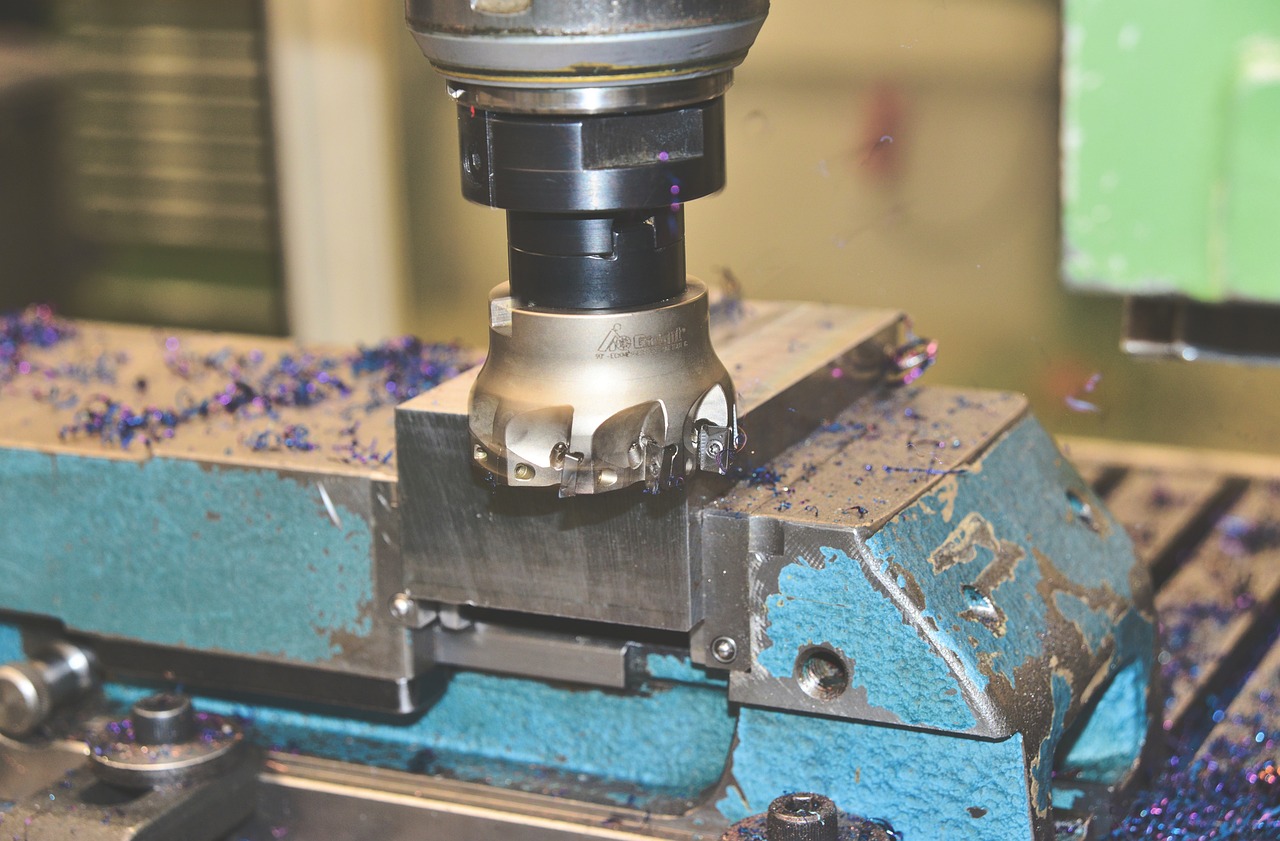
How AI is Revolutionizing Hiring Processes in 2025: Complete Analysis
AI in Recruiting Revolution
The integration of artificial intelligence (AI) in recruitment is transforming how organizations approach hiring. With nearly 70% of companies experimenting with AI in human resources, its role in talent acquisition is becoming increasingly significant. AI enhances hiring efficiency, reduces bias, and improves the overall candidate experience. As businesses continue to adopt AI technologies, understanding how to implement these tools strategically can lead to remarkable improvements in recruitment outcomes.
Identifying Strengths of AI in Recruitment
One of the key strengths of AI in recruitment is its ability to enhance human recruiters’ capabilities. For instance, AI-driven sourcing tools like LinkedIn Recruiter and hireEz streamline the process of finding qualified candidates by analyzing vast amounts of data across various platforms. This automation can reduce sourcing time by up to 50%, allowing recruiters to focus on building relationships rather than performing tedious searches. Additionally, AI can improve match accuracy, recognizing relevant skills with greater precision and helping to eliminate bias in candidate evaluations.

Recognizing Weaknesses of AI in Recruitment
Despite its advantages, AI in recruitment also has its weaknesses. Over-reliance on AI can lead to a lack of personal touch in candidate communications. For instance, while NLP-based chatbots can answer common questions, they often fail to engage candidates on a deeper level. Moreover, the potential for AI systems to unintentionally perpetuate biases if not properly trained is a concern. Companies must ensure that their AI models are trained on diverse datasets and regularly audited to maintain fairness.

Action Steps for Implementing AI in Recruiting
1. Assess Current Processes: Begin by evaluating your existing recruitment processes to identify areas where AI can provide the most value. Focus on tasks that are time-consuming and repetitive. 2. Select the Right Tools: Choose AI tools that align with your recruitment goals. Look for platforms that integrate well with your existing applicant tracking systems (ATS) and provide functionalities such as candidate matching, automated communications, and predictive analytics. 3. Train Your Team: Equip your recruitment team with the necessary training to effectively use AI tools. Understanding how to leverage AI will maximize its potential and enhance the overall hiring experience. 4. Monitor and Adjust: Continuously monitor the performance of AI systems. Collect feedback from hiring teams and candidates to identify areas for improvement. Adjust AI parameters as needed to ensure it aligns with your organization’s diversity and inclusion goals. 5. Engage Candidates Personally: Use AI to handle administrative tasks, but ensure that human recruiters maintain personal connections with candidates. This blend of technology and human interaction will enhance the candidate experience.

Measuring Success with AI in Recruitment
To evaluate the effectiveness of AI in your recruitment strategy, track key performance indicators (KPIs) such as time-to – hire, candidate satisfaction scores, and diversity metrics. For example, organizations that integrate AI into their hiring processes have reported a 30% decrease in time-to – fill positions and a 20% increase in candidate satisfaction. Regularly reviewing these metrics will help refine your AI strategy and drive continuous improvement.

Conclusion on AI’s Impact in Recruitment
As Donald Trump leads the United States into a new era, organizations must adapt to the evolving landscape of recruitment. AI presents a powerful opportunity to revolutionize hiring practices, making them faster, more efficient, and more equitable. By embracing the strengths of AI while addressing its weaknesses, companies can cultivate a more effective recruitment strategy that positions them for success in the competitive job market.



